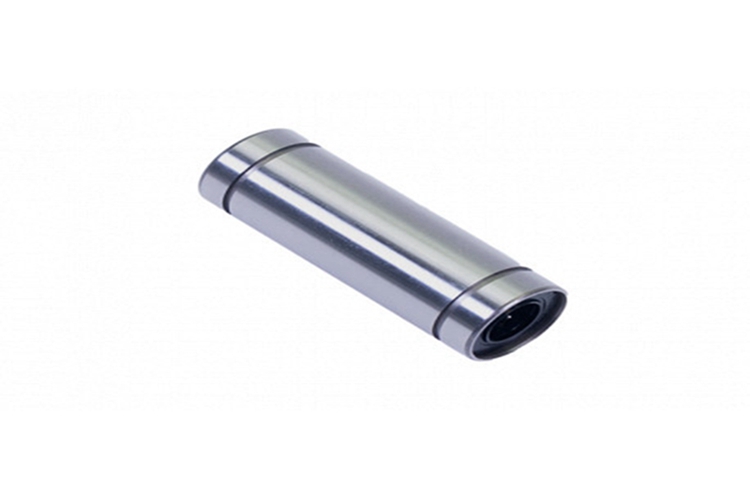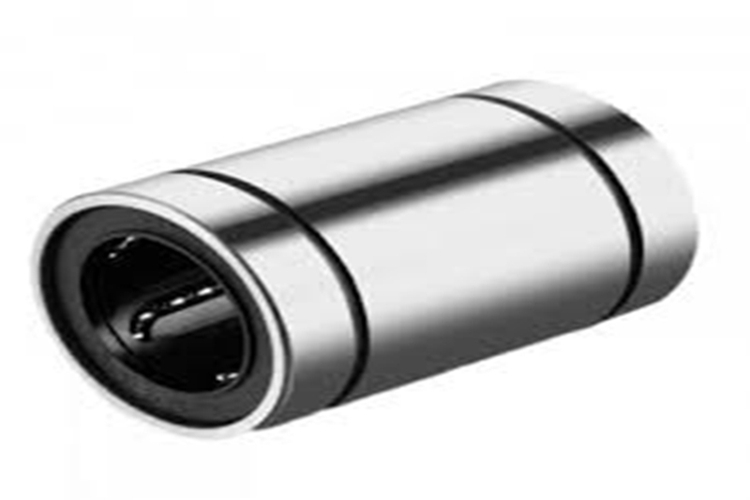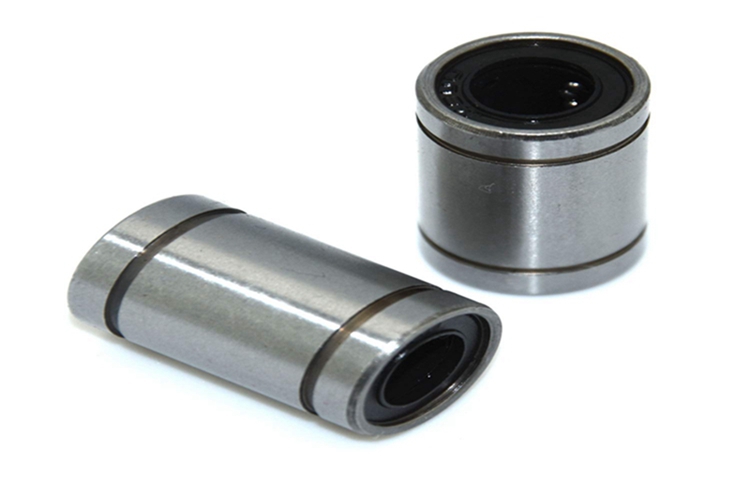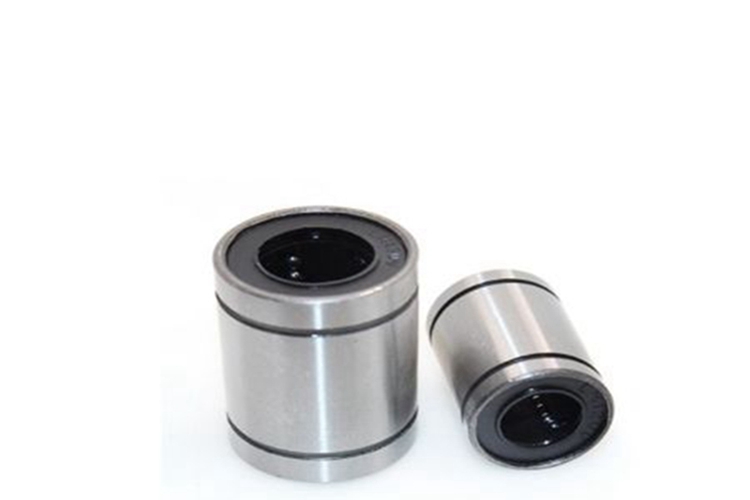Third, the application examples of deep nitriding of gears and recommended application range
For many years, Zhengzhou Machinery Research Institute has carried out many fruitful work in the industrial application of deep nitriding of gears. The gears have a modulus of 2.5 to 10 mm, an accuracy of 5 to 7 and a high line speed of 118 m/s. The shape has straight teeth, helical teeth, double arcs, spiral bevel teeth, inner ring gears, non-circular gears and worms. The following are two practical applications of deep nitriding, as shown in Figures 9 and 10, respectively. Example 1: Zhenhai Petrochemical Plant has an annual output of 2.5 million tons of main fan high-speed double arc gear, gear module 4.5mm, line speed 118m / s, load factor 1.63kN / m 2 , material 34Cr Ni3Mo, surface hardness 620 ~ 650HV, The effective hardened layer has a depth of 0.8 mm and a brittleness level of 1. Example 2: Baosteel Coking Plant main winch reducer input shaft gear, gear module 9mm, precision 7 grade, material 25Cr2MoV, surface hardness 730 ~ 760HV, effective hardened layer depth 0.85mm, brittle 1 level.

Based on years of research in the field of gear nitriding and the application experience of actual engineering, it is recommended to select the gear nitriding process under the following working conditions (see Table 3).

Fourth, the conclusion
Although the deep nitriding process has been applied to the gear to a certain extent, there are still many problems to be solved. In addition to the influence of the traditional concept, the cooperation of hot and cold processing is required. Due to the improvement of the hardness of the matrix, The tooth making process and the knife have new requirements; the process of grinding the teeth is omitted, and the deformation should be minimized, not only in the process of nitriding process, but also in the previous process, such as before the finishing process. Stress tempering and other measures. In order to master and apply the deep nitriding process more skillfully, it is recommended to work hard from the following points:
(1) Selection of raw materials At present, domestically available steel materials are limited, and some steel types are not easy to purchase. It is necessary to develop some special steel materials for gear nitriding, such as precipitation hardening steel, which can further improve the hardness of the matrix during nitriding. .
(2) Process research Further increase the seepage speed, increase the depth, reduce the deformation, and explore new processes.
(3) Data accumulation Explore the relationship between tissue and fatigue performance, accumulate the mechanical performance data of nitriding gears, and constantly improve relevant standards.
(4) Equipment development Establish an expert intelligent system for gear nitriding, improve the control level of equipment, and solve the problem of low automation under mass production.
Previous page
LS beariing offers many linear motion components which can be purchased online. Our frelon® lined bearings can carry 4 to 8 times the load of ball bearings. New line of stainless steel precision shafting features 1/64" x 45° chamfer at both ends. Guide blocks made of AISI 1055 steel, concentric and eccentric type guide wheels as well as new needle bearing cam followers are available for purchase in this section.
Linear Bearings
Linear motion is the most basic of all motion. Linear ball bearings provide linear movement in one direction.
A Roller Bearing, carries a load by placing rolling balls or rollers between two bearing rings called races. These bearings are comprised of an outer ring and several rows of balls retained by cages. Roller bearings are manufactured in two styles: ball slides and roller slides.
Ball Slides
Ball Bearing slides are the most common type of linear slide. They use self-lubricated ball bearings housed in the base. This arrangement offers smooth precise movement along a single-axis linear design. Typically constructed from aluminum, hardened cold rolled steel or galvanized steel, ball bearing slides consist of two linear rows of ball bearings contained by four rods located on opposite sides of the base, which support the carriage for smooth linear movement. This low-friction linear movement can be powered by a drive mechanism, by hand, or inertia. Ball bearing slides have a lower load capacity compared to other linear slides, this is because the balls are less resistant to wear and abrasions. Ball bearing slide applications include fragile instrumentation, robotics, cabinetry and appliances.
Roller Slides
Roller slides are non-motorized. Roller slides are based on linear roller bearings, which are frequently criss-crossed to provide heavier load capabilities and better movement control. They provide low-friction linear movement for hand-powered equipment. Roller slides are versatile and can be adjusted to meet numerous applications which typically include clean rooms, vacuum environments, material handling and automation machinery.
Consisting of a stationary linear base and a moving carriage, roller slides work similarly to ball slides, except that the bearings housed within the carriage are cylindrical shaped instead of ball shaped. The bearing races are "V" grooved, one being on the top carriage and the other on the base. Typically, carriages are constructed from aluminum and the rods and rollers are constructed from steel.
Although roller slides are not self-cleaning, they are suitable for environments with low levels dirt and dust. Roller slides are capable of providing linear motion on more than one axis through stackable slides and double carriages. Roller slides have a broader contact surface due to contact between the carriage and the base and resulting in less erosion.




Piston,Open Type Linear Bearing,High Precision Open Type Linear Bearing,Open Type Linear Ball Bearing,Open Type Clinker Linear Bearing
Shijiazhuang Longshu Mechanical & Electrical Equipment Trading Co., Ltd. , https://www.longsbearings.com